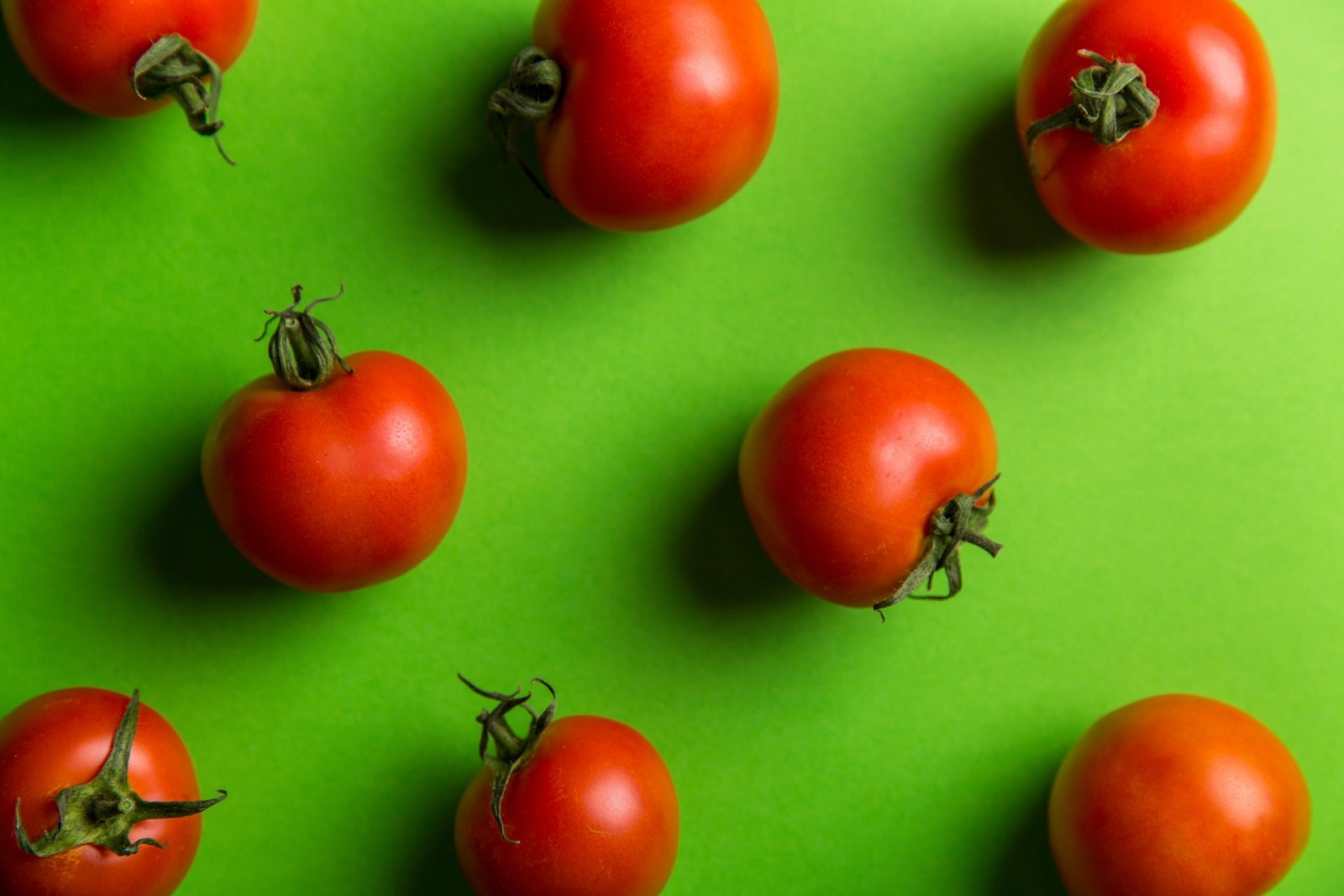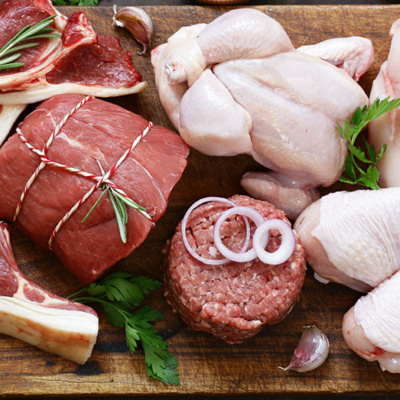Top of mind news
- Hurricane Florence has processors on guard
- Eggs recalled due to Salmonella concern
- 5 free ways to get customers talking about your brand
- How restaurants can take advantage of delivery
- How to Ace a Grand Opening
The Farm
Poultry
 Chicken output for the week ending September 1st was up 2.7% from the prior week, was 5.6% bigger than last year and a record. Chicken production for the six-week period ending September 1st was 2.2% better than 2017. Reasonable feed costs for chicken producers are projected to encourage chicken output. The USDA is calling Q4 production to be up 2.2% from 2017. Last week, the ARA Chicken Breast Index was the lowest since April 2006. Value, when measured against other proteins may temper seasonal price declines for chicken breasts this fall. The ARA chicken wing index has risen 4.2% over the last week which isn’t unusual in September. Wing prices can remain firm into October. July chicken exports were 4.6% better than the previous year.
Chicken output for the week ending September 1st was up 2.7% from the prior week, was 5.6% bigger than last year and a record. Chicken production for the six-week period ending September 1st was 2.2% better than 2017. Reasonable feed costs for chicken producers are projected to encourage chicken output. The USDA is calling Q4 production to be up 2.2% from 2017. Last week, the ARA Chicken Breast Index was the lowest since April 2006. Value, when measured against other proteins may temper seasonal price declines for chicken breasts this fall. The ARA chicken wing index has risen 4.2% over the last week which isn’t unusual in September. Wing prices can remain firm into October. July chicken exports were 4.6% better than the previous year.
Beef
 Beef output last week fell 11.6% due to the Labor Day holiday and was 1.6% smaller than last year. The USDA boxed beef cutout is pricing 7.6% higher than a year ago. Beef demand domestic and abroad is solid. Despite a firm greenback, beef exports during July were up 17.2% from 2017 and a record for any month. July beef imports were down 2% from the prior year but were the second best for the month since 2007. History suggests that seasonal price weakness will occur for several beef items, including ground beef and end cuts. Since 2013, the average move for the 81/19 ground beef market over the next three weeks was down 9.5%. And, the choice 0x1 steak cut averages 8.5% lower.
Beef output last week fell 11.6% due to the Labor Day holiday and was 1.6% smaller than last year. The USDA boxed beef cutout is pricing 7.6% higher than a year ago. Beef demand domestic and abroad is solid. Despite a firm greenback, beef exports during July were up 17.2% from 2017 and a record for any month. July beef imports were down 2% from the prior year but were the second best for the month since 2007. History suggests that seasonal price weakness will occur for several beef items, including ground beef and end cuts. Since 2013, the average move for the 81/19 ground beef market over the next three weeks was down 9.5%. And, the choice 0x1 steak cut averages 8.5% lower.
Pork
 Pork production last week dropped 9.7% due to the holiday and was .6% smaller than last year. Pork output this week is being limited by some pork processing operations closing in anticipation of Hurricane Florence. Still, the USDA is calling Q4 pork production to be 6.3% larger than 2017. This should help the seasonal price declines for pork that occur during the fall. But, if China’s African swine fever outbreak worsens, it could tighten hog supplies and support U.S. pork exports. The pork belly primal has risen in the last two weeks but is still below a $1/lb.
Pork production last week dropped 9.7% due to the holiday and was .6% smaller than last year. Pork output this week is being limited by some pork processing operations closing in anticipation of Hurricane Florence. Still, the USDA is calling Q4 pork production to be 6.3% larger than 2017. This should help the seasonal price declines for pork that occur during the fall. But, if China’s African swine fever outbreak worsens, it could tighten hog supplies and support U.S. pork exports. The pork belly primal has risen in the last two weeks but is still below a $1/lb.
The sea
Seafood
 World snow crab supplies remain limited. U.S. snow crab imports in July were basically double what they were the previous year but at sharply higher price levels. The Alaskan snow crab fishing season will commence this fall. However, expectations are that the Alaskan quota will remain historically small. Elevated snow crab prices are likely to persist.
World snow crab supplies remain limited. U.S. snow crab imports in July were basically double what they were the previous year but at sharply higher price levels. The Alaskan snow crab fishing season will commence this fall. However, expectations are that the Alaskan quota will remain historically small. Elevated snow crab prices are likely to persist.
The Garden
Produce
 The tomato markets have drifted lower as of late despite lackluster output. Last week, total tomato shipments in the U.S., including domestic produced and imports, fell 6.4% from the previous week and were 10.2% less than the same week last year. Hurricane Florence could cause at least an interruption in output later this week which could bring support to tomato prices. Last week, 5.2% of tomatoes in the U.S. originated from North Carolina or Virginia. Idaho potato prices have fallen to their lowest levels since October of last year.
The tomato markets have drifted lower as of late despite lackluster output. Last week, total tomato shipments in the U.S., including domestic produced and imports, fell 6.4% from the previous week and were 10.2% less than the same week last year. Hurricane Florence could cause at least an interruption in output later this week which could bring support to tomato prices. Last week, 5.2% of tomatoes in the U.S. originated from North Carolina or Virginia. Idaho potato prices have fallen to their lowest levels since October of last year.
The Kitchen Sink
Dairy
 U.S. cheese production in July was 3.7% larger than last year. Cheese exports during the month were up just 1.5% compared to the 2017 but were the second biggest for the month on record. World cheese prices have softened which is dampening forward export demand. This could temper any upside risk in the cheese markets in the near term. U.S butter output in July was just .5% bigger than the previous year. But, due to strong imports and ample carryover stocks, the available U.S. butter supply in July was 5.8% larger than a year ago. Butter price inflation may be tempered as well.
U.S. cheese production in July was 3.7% larger than last year. Cheese exports during the month were up just 1.5% compared to the 2017 but were the second biggest for the month on record. World cheese prices have softened which is dampening forward export demand. This could temper any upside risk in the cheese markets in the near term. U.S butter output in July was just .5% bigger than the previous year. But, due to strong imports and ample carryover stocks, the available U.S. butter supply in July was 5.8% larger than a year ago. Butter price inflation may be tempered as well.
Grains
 Russia has been heavily exporting wheat in recent weeks. Part of this is due to concerns that the Russian government could set restrictions on wheat exports later this fall due to the limited world supply. If this does occur, it could bring notable wheat export business to the U.S. which would be supportive of prices.
Russia has been heavily exporting wheat in recent weeks. Part of this is due to concerns that the Russian government could set restrictions on wheat exports later this fall due to the limited world supply. If this does occur, it could bring notable wheat export business to the U.S. which would be supportive of prices.
Oil
 Although Hurricane Florence is likely to strike the Southeast coast, it’s a stark reminder to the energy industry that the peak hurricane season is upon us. Volatility for the crude oil and petroleum markets could rise for the balance of September.
Although Hurricane Florence is likely to strike the Southeast coast, it’s a stark reminder to the energy industry that the peak hurricane season is upon us. Volatility for the crude oil and petroleum markets could rise for the balance of September.






